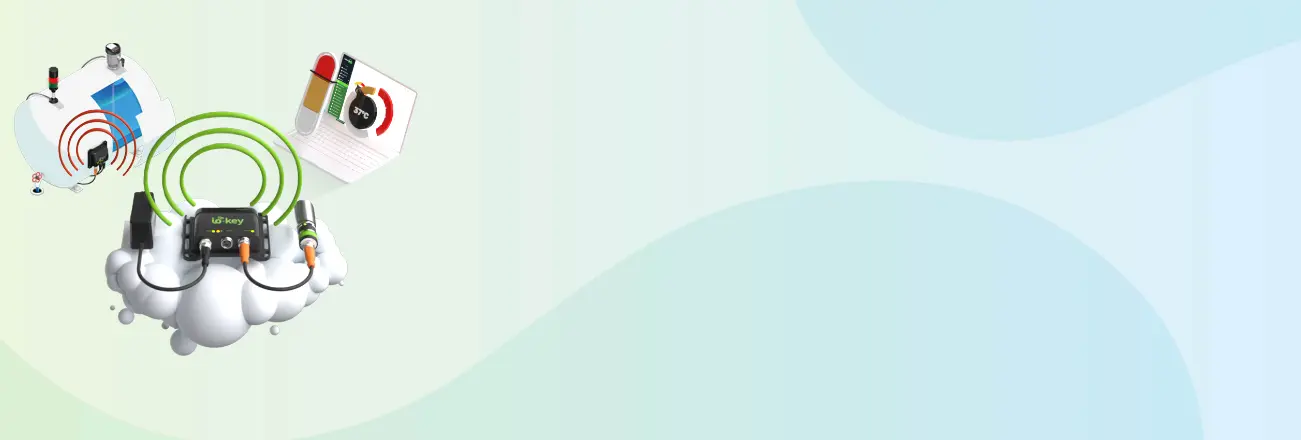GZB - Science meets sensor systems

High technology in deep drilling
In Bochum researchers are working on modern drilling technologies that could make the heat generated by deep geothermics considerably more efficient and economical. The research is based on a comparatively simple test setup with a sophisticated measuring concept and a rugged sensor system from autosen.
Deep geothermics is a complex topic, simply because of the great depth alone. Conventional well-drilling technology works down to depths of 250 metres. The research team of the international Geothermics Centre of the Bochum University of Applied Science (GZB) goes considerably deeper: five kilometres under the earth.
With this basic research the GZB is laying the foundations for advanced drilling technologies. One of the research projects deals with water jet cutting of rock for drilling technology, also known as the Jet Drilling process. The project is part of the European cooperative project SURE (Novel Productivity Enhancement Concept for a Sustainable Utilisation of a Geothermal Resource) within the Horizon 2020 research framework.

Given the fact that this research is financed by public funds, we always examine the cost-effectiveness of any technologically comparable products that are available.
Viktor Hartung, International Geothermics Centre of the Bochum University

"Do it yourself" at the Bochum GZB
The test setup in Bochum is simple. A construction site compressor retrofitted with a powerful high-pressure pump driven by a diesel engine, and adjacent to it an external water tank and all kinds of equipment from manually operated shut-off valves to an ultra-modern frequency transformer. Armed with these tools the team is researching the future of energy supply. The machines and equipment required for this are not available off the shelf. So the instruments that are needed are constructed for the purpose, and at the same time measurement techniques are optimized or even invented from scratch. It is good to be able to purchase the parts needed for this online, for example the necessary autosen sensors.
The main point of the test setup is to record the volume flow actually required for water jet cutting. To do this we chose a process that is amazingly simple from a technological point of view, but which provides reliably high-precision results. "As a matter of principle there is a correlation in a piston pump between the engine speed and the volume flow," explains Viktor Hartung, who is responsible for measuring and control technology in the team. The more precisely the rotational speed is recorded, the more accurate the value of the volume flow is. However, a diesel engine can only be operated within a certain rotational speed range.
To measure the engine speed Hartung uses an inductive sensor and the corresponding wiring from autosen. Using a pressure control valve downstream from the piston pump, it is also possible to set a maximum pressure of up to 320 bar. If the pressure is lower than the set control value, the volume flow can be determined directly from the engine speed. If this valve engages, part of the volume flow is directed back to the tank to reduce the pressure. With especially small nozzles this happens already at the idle speed of the diesel generator set. To be able to register the required amount of water exactly, the amount that has been fed back must be measured so that it can be deducted from the total amount. This is done with a second magnetic-inductive sensor from the same manufacturer, which is located downstream from the control valve on the return to the tank. When the consumer is turned off and the diesel engine is idling, the entire amount of water is directed through this sensor and it matches the amount determined by the rotational speed. This makes it possible to perform controlled tests on various rock samples from which conclusions can be drawn regarding the ideal parameters for drilling.
Rugged test setup with sensors
The initial results published at the Essen Geothermal Congress show that this important basic research in Bochum is proceeding well. The team is especially satisfied with the robust test setup in which the two autosen sensors also make an important contribution. Viktor Hartung, who became aware of the provider during a visit to the "All about Automation" trade fair, appreciates not only the price but especially the reliability of the devices and how easy it is to install and adjust them.


autosen sensors in the service of science: Test setup for basic research in deep geothermics.
Everything at a glance
Researchers in Bochum are working on more efficient and economical drilling technologies for deep geothermal energy.
The research team at the International Geothermal Centre at Bochum University of Applied Sciences (GZB) is developing advanced drilling technologies.
An experimental setup in Bochum with a sophisticated measurement concept and autosen sensors enables research into deep geothermal drilling technologies with water jet cutting.
Initial results show promising progress and the team fully appreciates the reliability and easy handling provided by the autosen sensors in the robust experimental setup.

Joint research institution of science and industry
Geothermiezentrum Bochum e.V.
Am Hochschulcampus 1, 44801 Bochum
 geothermie(at)geothermie-zentrum(dot)de
geothermie(at)geothermie-zentrum(dot)de
 +49 234 33858-176
+49 234 33858-176
www.geothermie-zentrum.de
More success stories

Get started with the IIoT!
Very simple via io-key® wireless gateway Bring sensor data into the cloud





